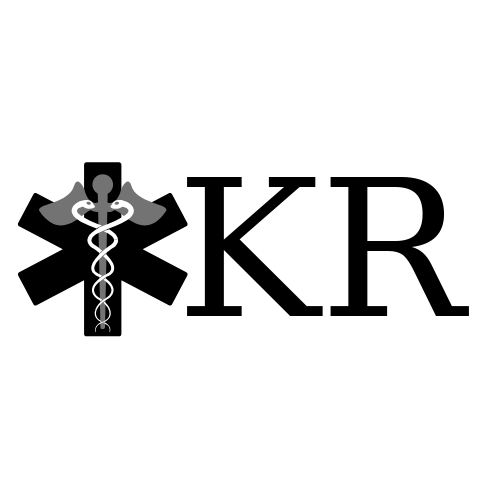Exercise is a very important part of any fitness regime. For years, experts have touted the importance of cardio-vascular training because of its ability to improve the functions of your lungs, circulation, and heart, as a result of raising your heart and breathing rates. However, there are two types of exercise to choose from: cardio and strength training. They each have numerous advantages.
Cardio refers to any type of exercise that increases your heart rate and makes you sweat. This should be enough of an increase to make it difficult to carry on a normal conversation. Some examples of these types of exercises are running, rowing, using elliptical machines, and biking. A proper workout will burn many calories, but there isn’t a lingering benefit of altered metabolism.
Strength training enables your metabolism to stay elevated and more efficient for hours after you are finished. These exercises are meant to stimulate muscle growth and strength through resistance training. If you get your heart rate elevated enough, you can even count a rigorous strength training session as a cardio session.
As far as which one is the better option, every person’s plan is different. It depends on their starting point and their goals. In general, however, a combination of calorie-burning cardio with metabolism-enriching strength training is the ideal combination.
As far as how often a person should do any types of exercise on a weekly basis, a good rule of thumb is to engage in 3-4 days per week on cardio activities ranging from 20-40 minutes, and 2 days per week on all-muscle group strength training.
The order you do them is also an important factor. Some experts say to do the cardio portion after the strength training because anaerobic before aerobic will tire you out too much. Another argument for saving cardio for the end of a workout session is to cut down on injury by avoiding using weak muscles on impact.
One thing that tends to deter first-time weightlifters is the fact that you appear to gain weight at first. There are several reasons for this. As you tear down muscle fibers during a strength training workout, your body immediately wants to repair the damage that is done. Inflammation is a natural side effect of micro-tears. A temporary water weight gain will ensue during the healing process around the inflamed area. Varying between 1-3 pounds, it should only last a few weeks.

